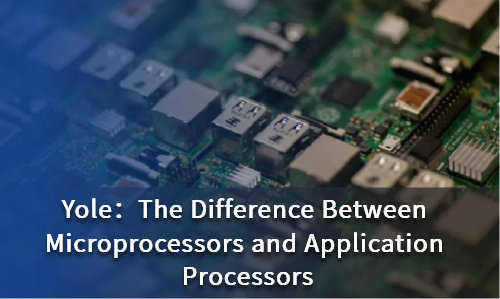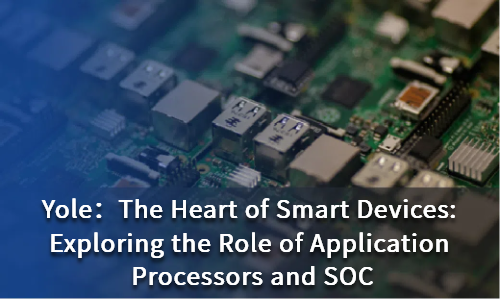Logic ICs
A logic device, in the context of electronics and computer science, refers to a component or system that performs logical operations on binary inputs to produce binary outputs. These operations are based on the principles of Boolean algebra and are fundamental to the functioning of digital circuits and systems.
Definition:
A logic device is a digital circuit that implements logical functions using electronic components such as transistors, diodes, or integrated circuits. It processes data in the form of binary digits (bits), which are either 0 or 1, and performs operations like AND, OR, NOT, NAND, NOR, XOR, and XNOR.
Functions:
1. Logical Operations: The primary function of a logic device is to perform logical operations on input signals to produce output signals.
2. Data Processing: In computers and other digital systems, logic devices are used to process and manipulate data.
3. Control: They are essential in controlling the flow of data and operations within a system, such as in microprocessors and microcontrollers.
4. Signal Conditioning: Logic devices can be used to condition signals, such as buffering, level shifting, and signal inversion.
Applications:
1. Computers: Logic devices are crucial in the design of CPUs, memory units, and input/output interfaces.
2. Communication Systems: They are used in digital communication systems for data encoding, decoding, and error detection.
3. Automotive Electronics: Logic devices control various systems in modern vehicles, including engine management, safety features, and infotainment.
4. Industrial Automation: They are integral to programmable logic controllers (PLCs) that automate industrial processes.
5. Consumer Electronics: Logic devices are found in a wide range of consumer products, from smartphones to home appliances.
Selection Criteria:
1. Functionality: The logic device should be capable of performing the required logical operations.
2. Speed: The device should operate at a speed that meets the system's performance requirements.
3. Power Consumption: Lower power consumption is desirable, especially for battery-operated devices or systems with energy efficiency concerns.
4. Size and Packaging: The physical dimensions and packaging should be compatible with the system's design constraints.
5. Cost: The device should be cost-effective, considering the budget and the value it adds to the system.
6. Reliability: High reliability is essential, especially for critical applications where system failure is not an option.
7. Compatibility: The device should be compatible with the existing system architecture and other components.
Logic devices are the building blocks of digital electronics, and their selection and application are critical to the performance, efficiency, and reliability of digital systems.
Please refer to the product rule book for details.
Definition:
A logic device is a digital circuit that implements logical functions using electronic components such as transistors, diodes, or integrated circuits. It processes data in the form of binary digits (bits), which are either 0 or 1, and performs operations like AND, OR, NOT, NAND, NOR, XOR, and XNOR.
Functions:
1. Logical Operations: The primary function of a logic device is to perform logical operations on input signals to produce output signals.
2. Data Processing: In computers and other digital systems, logic devices are used to process and manipulate data.
3. Control: They are essential in controlling the flow of data and operations within a system, such as in microprocessors and microcontrollers.
4. Signal Conditioning: Logic devices can be used to condition signals, such as buffering, level shifting, and signal inversion.
Applications:
1. Computers: Logic devices are crucial in the design of CPUs, memory units, and input/output interfaces.
2. Communication Systems: They are used in digital communication systems for data encoding, decoding, and error detection.
3. Automotive Electronics: Logic devices control various systems in modern vehicles, including engine management, safety features, and infotainment.
4. Industrial Automation: They are integral to programmable logic controllers (PLCs) that automate industrial processes.
5. Consumer Electronics: Logic devices are found in a wide range of consumer products, from smartphones to home appliances.
Selection Criteria:
1. Functionality: The logic device should be capable of performing the required logical operations.
2. Speed: The device should operate at a speed that meets the system's performance requirements.
3. Power Consumption: Lower power consumption is desirable, especially for battery-operated devices or systems with energy efficiency concerns.
4. Size and Packaging: The physical dimensions and packaging should be compatible with the system's design constraints.
5. Cost: The device should be cost-effective, considering the budget and the value it adds to the system.
6. Reliability: High reliability is essential, especially for critical applications where system failure is not an option.
7. Compatibility: The device should be compatible with the existing system architecture and other components.
Logic devices are the building blocks of digital electronics, and their selection and application are critical to the performance, efficiency, and reliability of digital systems.
Please refer to the product rule book for details.
Categories
Datasheets
SN74HCT245DWR Datasheet
SN74LVC1G14DBVR Datasheet
SN74LVC1G14DBVR Datasheet
SN74LVC1G14DBVR Datasheet
LSF0204DRUTR Datasheet
TCA9406DCTR Datasheet
SN74AVC4T774RGYR Datasheet
LSF0102DCUR Datasheet
SN74AUP1G97DSFR Datasheet
SN74AHC1G08DBVRG4 Datasheet
PI4ULS5V201TAEX Datasheet
SN74CBT3125DBR Datasheet
74AUP1G07GW,125 Datasheet
ALC262-VD2-GR Datasheet
SN74LV1T08DBVR Datasheet
Article

Digital Signal Processors (DSPs) Explained: Transforming Data into Real-Time Solutions
Introduction: What is a Digital Signal Processor (DSP)? In the world of modern electronics, the need to process and manipulate digital signals quickly and efficiently is crucial. Whether it's audio, video, or sensor data, digital signal processors (DSPs) have emerged as the backbone for performing these complex tasks in real-time. But what exactly is a DSP? Figure 1: Digital Signal Processor A Digital Signal Processor (DSP) is...
Learn More >

The Difference Between Microprocessors and Application Processors
In the rapidly evolving world of technology, understanding the distinctions between microprocessors and application processors is crucial for anyone involved in electronics, software development, or product design. Both types of processors play vital roles in the functioning of electronic devices, yet they serve different purposes and are optimized for various applications. In this article, we’ll explore the key differen...
Learn More >

The Heart of Smart Devices: Exploring the Role of Application Processors and SOC
In today’s rapidly evolving technological landscape, application processors and system-on-chips (SOC) have emerged as the fundamental components powering a wide range of smart devices. These sophisticated chips enable the seamless operation of modern electronics, offering enhanced performance, power efficiency, and integration. This article explores the roles, features, types, and future directions of application process...
Learn More >

























